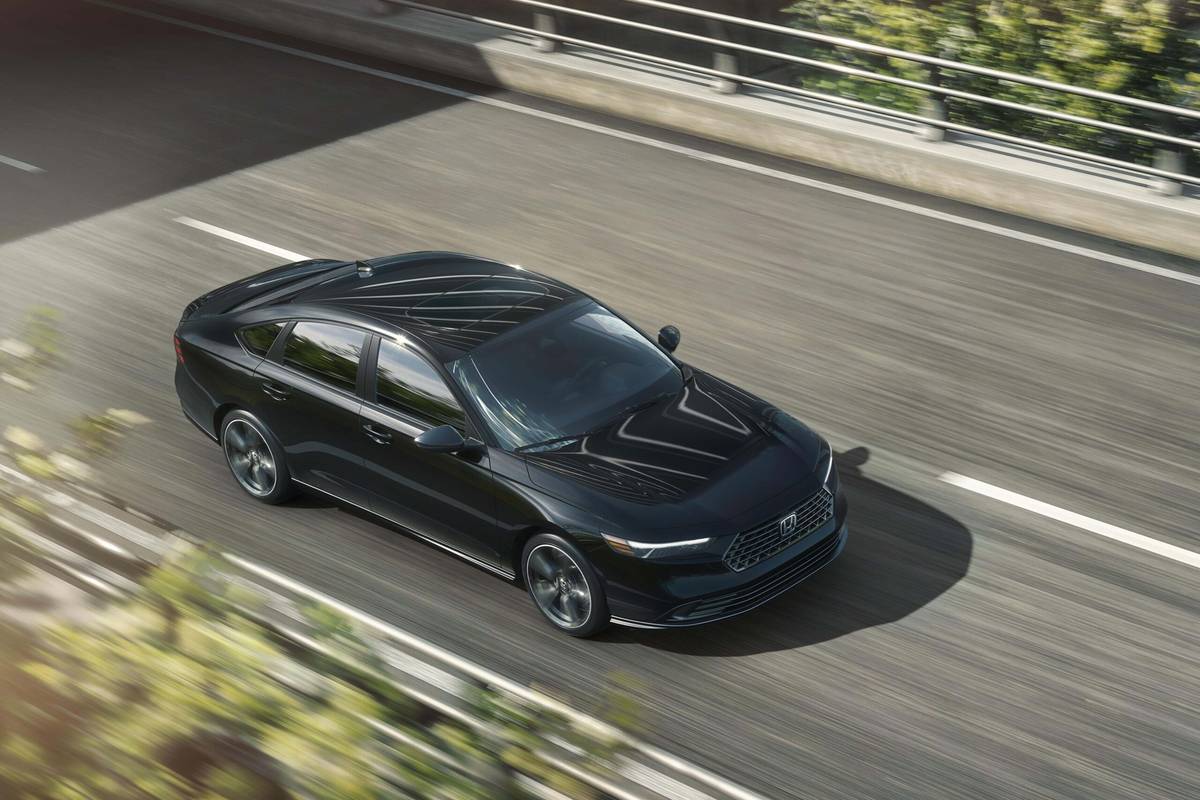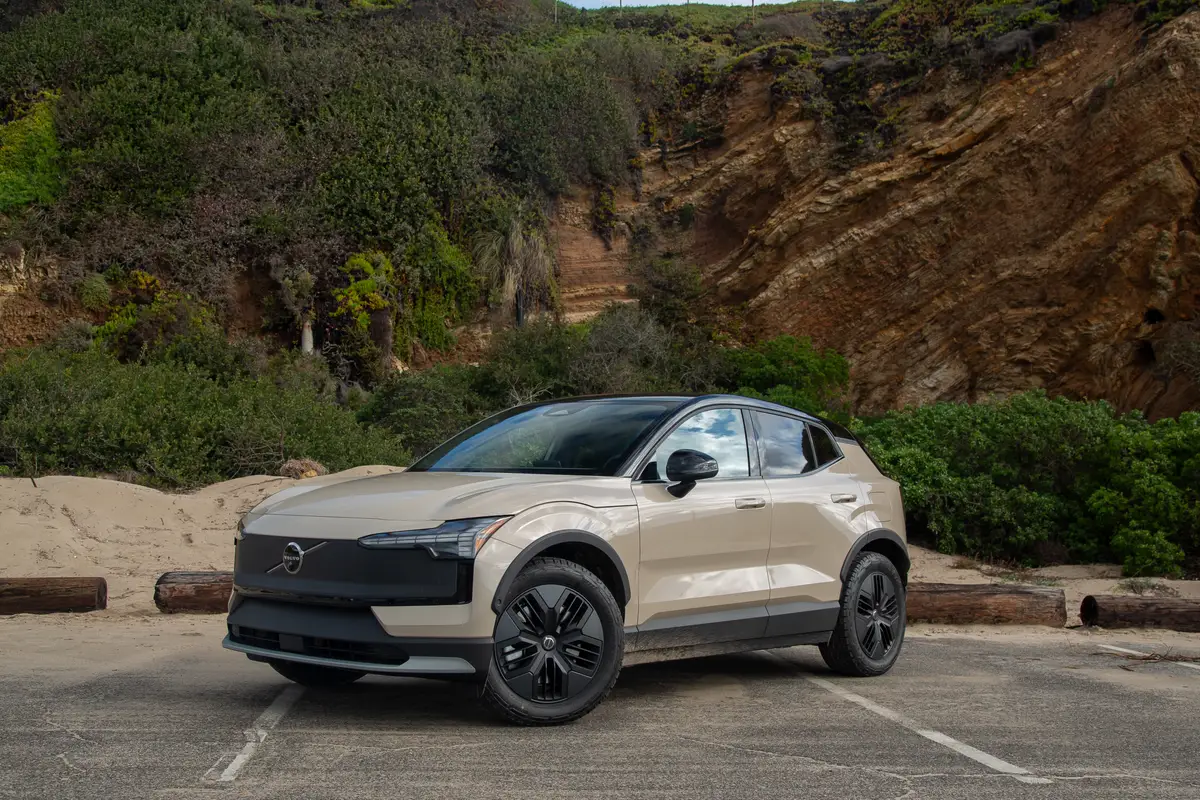washingtonpost.com's view
THE CAR carried heavy baggage, the burden of a once elegant past. That part of its history — its grace, glory and almost effortless sensuality — had gone with the wind. The Buick Riviera. Introduced in 1963, it had grown fat and tacky, laden with chrome and polyurethane wood of unnatural hue. As if to emphasize its roll into decadence, the Riviera’s makers in 1971 unmasked the ugliest of uglies, the egregiously gargantuan and ill-formed “boattail” Riviera, a work of motorized dross.
To look at what the Riv had become was to embrace heartbreak in rubber and metal. Certainly that was my opinion, until Buick chief Ed Mertz showed me a prototype of the 1995 model at the North American International Auto Show in Detroit.
I couldn’t believe it. The car was beautiful, born again with bold curves and a muscular rear end, and high-ridged front fenders that merged neatly with a voluptuous mouth. There was something unmistakably American about it, unmistakably funky. It was very uptown with none of the garbage.
But I had been beating up on Mertz and Buick so much, there was no way I could give him or the car a full nod. I hadn’t driven the new car; and anything can be made to look pretty at an auto show.
Six months later, Buick sent the production model — a pearl-mist-metallic, champagne-colored Riv that was too sexy for my driveway, too sexy for my ‘hood, too sexy, in fact, for anything or anyone related to the uptightness of federal Washington.
Did I love this car? Hmph. Mertz’s people had to beg me to give it back.
Background: The new Riv is another “personal luxury car” — the auto industry’s code term for an expensive, two-door, often-too-small-for-four-people coupe. Except that the Riviera seats four full-bodied adults in near-perfect comfort. The qualifier is needed, because the curvature of the car’s “B” pillars (the rear pillars in this case) tends to restrict the head space of taller types.
Folks who see similarities between the Riv and Oldsmobile’s four-door Aurora have no need to pinch themselves. The two cars are built on the same platform. But besides the number of doors, there are differences aplenty.
The Riv is more in-your-face. The Aurora is more sedate. The instrument panel of the Riv, with its circular gauges and vents, bespeaks hot rod fantasies. The more formal panel in the Aurora rivals anything from Mercedes-Benz or Lexus in pinstriped propriety.
Both the Riv and Aurora are front-engine, front-drive cars; and both are tighter than anything one might’ve come to expect from Buick, Oldsmobile or, for that matter, Lexus. But under the skin, there are differences too.
The Riv’s standard engine is a revised and much-improved version of General Motors Corp.’s already good 3.8-liter V-6. Called the 3800 Series II, the new engine is rated 205 horsepower at 5,200 rpm, a 35-horsepower increase over the previous model. Maximum torque is set at 230 pound-feet at 4,000 rpm.
A supercharged, 225-horsepower version of the 3800 Series II, with 275 pound-feet of torque, is sold as an optional engine for the Riv.
The Aurora’s standard engine is a modified version of GM’s acclaimed Northstar V-8.
Standard safety equipment includes dual-front air bags and anti-lock braking systems. Both are equipped with electronically controlled, four-speed automatic transmissions. Traction control is standard on the Aurora and optional on the Riv.
Complaints: The Riv’s fat “A” and “B” pillars are great for body rigidity, but lousy for vision. Also, though sexy, the new Riv is still heavy, with a curb weight of 3,610 lbs., 63 percent of which rides up front atop the drive wheels.
Praise: A simply beautiful, well-turned-out car. Not meant for throttle-jockeys. The new Riv is more of a highway cruiser, meant for affluent, easygoing folks who have put aside mid-life crisis in favor of something more pleasant.
ead-turning quotient: Simply stunning.
Ride, acceleration and handling: Smooth, reasonably crisp, reasonably firm. There is some body roll in the corners, discernible by drivers moving far in excess of posted speed limits. Brakes — four-wheel discs with standard anti-lock — are excellent.
Mileage: The standard engine got about 23 to the gallon (20-gallon tank, estimated 447-mile range on usable volume of regular unleaded), running mostly highway with one to three occupants and light cargo (trunk measures 19.6 cubic feet).
Sound system: Optional, six-speaker AM/FM stereo radio, cassette and compact disc. GM/Delco. Superior factory sound system.
Price: Base price is $27,632. Dealer’s invoice on base model is $24,454. Price as testedis $30,333, including $2,076 in options and a $625 destination charge.
Purse-strings note: Ace coupe for high-steppers. Compare with Lincoln Mark III — and Lexus SC 300.
Latest news



